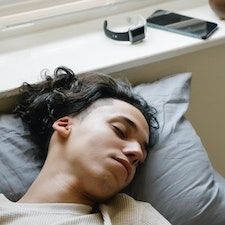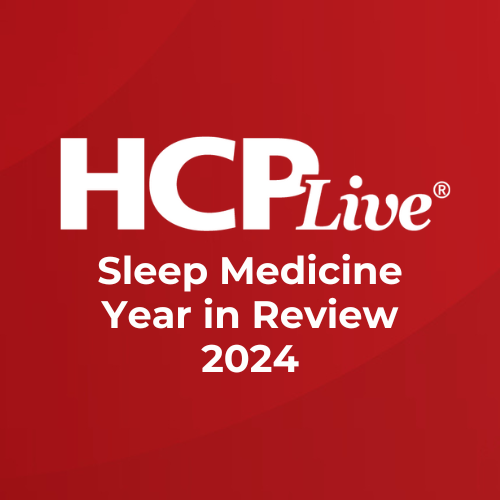Article
Smartphone-Recorded Sleep Sounds Effective in OSA Detection
Author(s):
Previous research has suggested that breathing sounds could be regarded as potential biomarkers for OSA, which could be recorded via the microphones found in most smartphone devices.

Smartphone-recorded sleep breathing sounds could be utilized in the creation of prediction models for obstructive sleep apnea (OSA), a new investigation suggests, though additional verification of real-life recordings through a myriad of different smartphone devices was suggested.
Previous research has suggested that breathing sounds could be regarded as potential biomarkers for OSA, which could be recorded via the microphones found in most smartphone devices.
Though in-laboratory polysomnography (PSG) is still considered “the gold standard” when diagnosing OSA, investigators led by Sung-Woo Cho, MD, of Seoul National University College of Medicine, suggested the high cost of this practice could limit access to the general public.
With this study, Cho and colleagues considered the possibility of smartphone-recorded breathing songs being used to predict OSA, and whether the minimization of features and sound processing would influence prediction performance.
Enrollment and Full-Night PSG
Patients who visited the sleep clinic of the Department of Otorhinolaryngology- Head and Neck Surgery at Seoul National University Bundang Hospital from September 2015 to September 2019 for snoring or sleep apnea were enrolled in the study.
Eligible patients participated in an in-laboratory, full-night PSG.
Prior to this, the team defined apnea as cessation of airflow for at least 10 seconds, while hypopnea was defined as a greater than 50% decrease in airflow for at least 10 seconds or a moderate reduction in air-flow for at least 10 seconds associated with arousals or oxygen desaturation (<4%).
Throughout the full-night PSG, smartphones were utilized to accumulate audio recordings of breathing sounds, which were recorded for all sleep stages from onset to offset.
Sound analyses were initiated with the conversion of audio files into WAV file formats, and audio data were discarded for the initial 30 minutes of recording. Analysis was halted after 6 hours.
The investigators utilized Audacity to filter out noises, and jAudio was used to extract sound features.
Binary classifications were conducted for 3 different threshold criteria related to the apnea hypopnea index (AHI) threshold of 5, 15, or 30 events/h, and 4 regression models were established to predict actual AHI, including noise reduction without feature selection, noise reduction with feature selection, neither noise reduction nor feature selection, and feature selection without noise reduction.
Data were analyzed from September 2019 to September 2020.
The Findings
A total of 423 patients were enrolled in the study with a mean age of 48.1 years. A majority of patients were male (84.1%).
Investigators observed that OSA prediction was 88.2% (κ = 0.46) for 5 events/h, 82.3% (κ = 0.59) for 15 events/h, and 81.7% (κ = 0.63) for 30 events/h, while sensitivity was 90.8%, 87.3%, and 83%, respectively.
Additionally, the positive predictive value for smartphone-recorded sleep breathing sounds was 95.8%, 89.3%, and 82% for AHI thresholds of 5, 15, and 30 events/h, respectively.
Accuracy, sensitivity, PPV, F1 score, and area under precision recall was shown to decrease as the OSA threshold increased, while the κ value, specificity, and negative predictive value (NPV) increased along with the threshold.
Overall, the prediction models resulted in fair prediction performance, with noise cancellation being deemed “not mandatory” for good prediction performance.
“The skewness of patient distribution in model development and inability to differentiate sleep and awake states should be addressed to improve the performance of the prediction model,” the team wrote. “Future research should be extended to incorporate real-life smartphone recordings at home using various smartphone devices.”
The study, "Evaluating Prediction Models of Sleep Apnea From Smartphone-Recorded Sleep Breathing Sounds," was published online in JAMA Otolaryngology Head and Neck Surgery.





